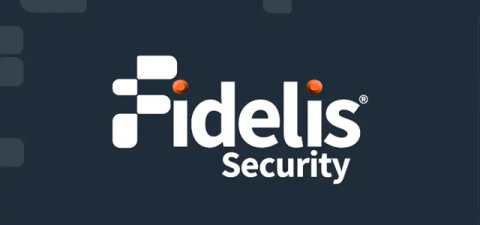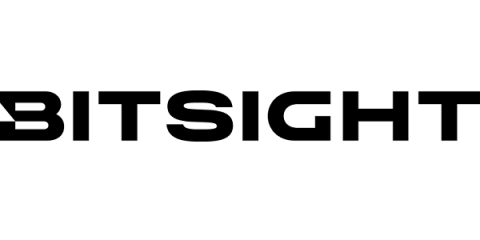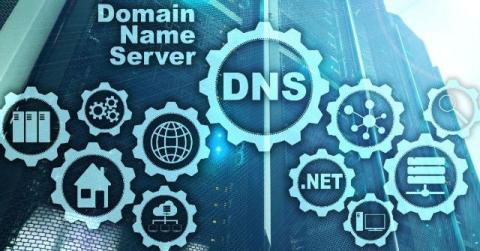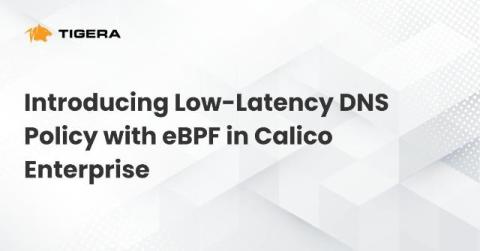Detecting and Controlling Hidden DNS Tunnel Attacks
DNS is the backbone of the internet, translating domain names into IP addresses to facilitate communication between devices. However, cybercriminals exploit DNS to create covert channels for data exfiltration and command-and-control (C2) operations using DNS tunneling. This technique allows attackers to bypass security measures by disguising malicious traffic as legitimate DNS queries. As DNS-based attacks continue to rise, securing DNS traffic has become a priority for organizations worldwide.











